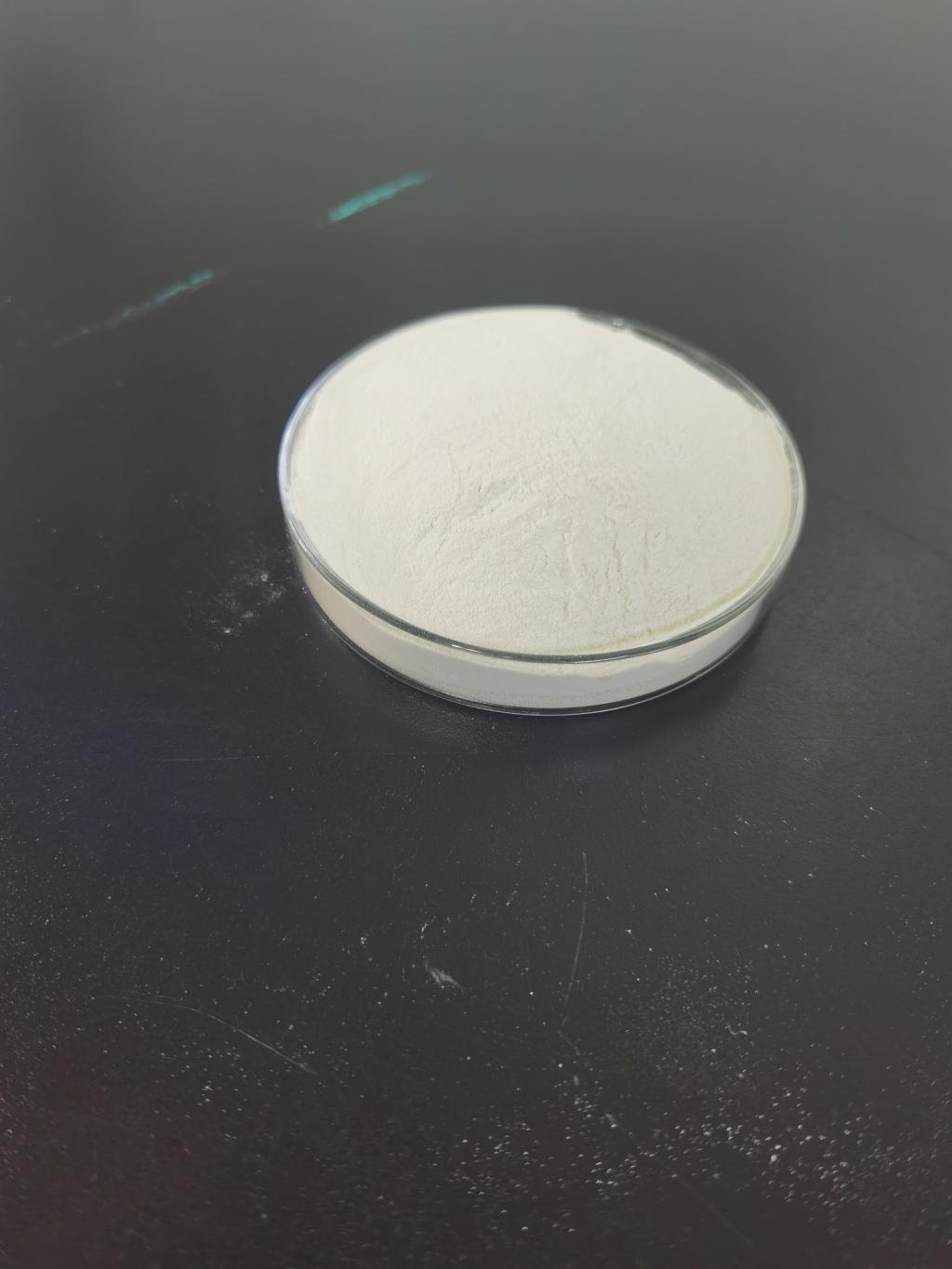Tel:+8618231198596

News
 CONTACT
CONTACT
 CONTACT
CONTACT
- Linkman:Linda Yao
- Tel: +8618231198596
- Email:linda.yao@dcpharma.cn
- Linkman:CHARLES.WANG
- Department:Overseas
- Tel: 0086 0311-85537378 0086 0311-85539701
News
Current Position:
Home >
News
>Nisin's Influence on Culinary Education for Sustainable and Safe Practices
Nisin's Influence on Culinary Education for Sustainable and Safe Practices
TIME:2024-03-01
1. Introduction:
Culinary education is evolving to meet the demands of a changing food landscape, with an increased focus on sustainability and natural food preservation. Nisin, a natural antimicrobial peptide, has emerged as an educational tool to instill sustainable and safe practices among aspiring chefs and culinary professionals. This article delves into the various aspects of Nisin's influence on culinary education.
2. The Need for Sustainable Culinary Practices:
The culinary industry is increasingly recognizing the importance of adopting sustainable practices to address environmental concerns, reduce food waste, and meet the growing demand for ethically sourced and produced foods. Culinary education plays a pivotal role in shaping the mindset of future chefs, encouraging them to embrace sustainability throughout their careers.
3. Understanding Nisin's Mechanism in Culinary Education:
Before delving into Nisin's applications, it's crucial for culinary students to understand the mechanisms by which this natural preservative operates. Lectures and practical demonstrations can highlight Nisin's antimicrobial properties and its role in inhibiting the growth of bacteria, mold, and other harmful microorganisms in food.
4. Nisin Applications in Culinary Creations:
Culinary schools can incorporate hands-on experiences, where students explore the application of Nisin in various recipes. From preserving sauces to extending the shelf life of prepared foods, Nisin can be showcased as a versatile tool that not only enhances food safety but also contributes to reducing food waste in commercial kitchens.
5. Sustainable Culinary Techniques:
Nisin's integration into culinary education provides an opportunity to teach sustainable culinary techniques. From fermentation to natural preservation methods, students can learn how incorporating Nisin aligns with eco-friendly practices, reducing the reliance on synthetic preservatives and promoting a more natural approach to food preparation.
6. Addressing Food Safety Challenges:
Culinary students often grapple with the complexities of ensuring food safety in kitchens. Nisin's inclusion in educational programs can offer insights into addressing food safety challenges. By understanding how Nisin controls microbial growth, students are better equipped to implement effective food safety measures in their future careers.
7. Consumer Perception and Culinary Innovation:
Incorporating Nisin into culinary education provides an opportunity to discuss consumer preferences for natural and clean-label products. Students can explore how incorporating Nisin aligns with evolving consumer trends, encouraging culinary innovation that meets the demands of health-conscious and environmentally aware consumers.
8. Collaborations with Industry Experts:
To enhance the educational experience, culinary schools can collaborate with industry experts and Nisin manufacturers. Guest lectures, workshops, and real-world case studies can provide students with insights into the practical applications of Nisin in the culinary industry.
9. Overcoming Challenges and Future Outlook:
As culinary education embraces Nisin, challenges such as cost considerations, regulatory compliance, and global adoption need to be addressed. Ongoing research and collaboration between educational institutions, industry, and regulatory bodies are essential for overcoming these challenges and ensuring the continued integration of Nisin into culinary education.
10. Conclusion:
Nisin's influence on culinary education marks a significant step towards shaping a generation of chefs and food professionals committed to sustainability and food safety. By incorporating Nisin into curricula, culinary schools contribute to a more conscientious and innovative approach to food preparation, preparing students for careers that align with the evolving needs of the culinary industry and the expectations of today's consumers.
- Tel:+8618231198596
- Whatsapp:18231198596
- Chat With Skype







